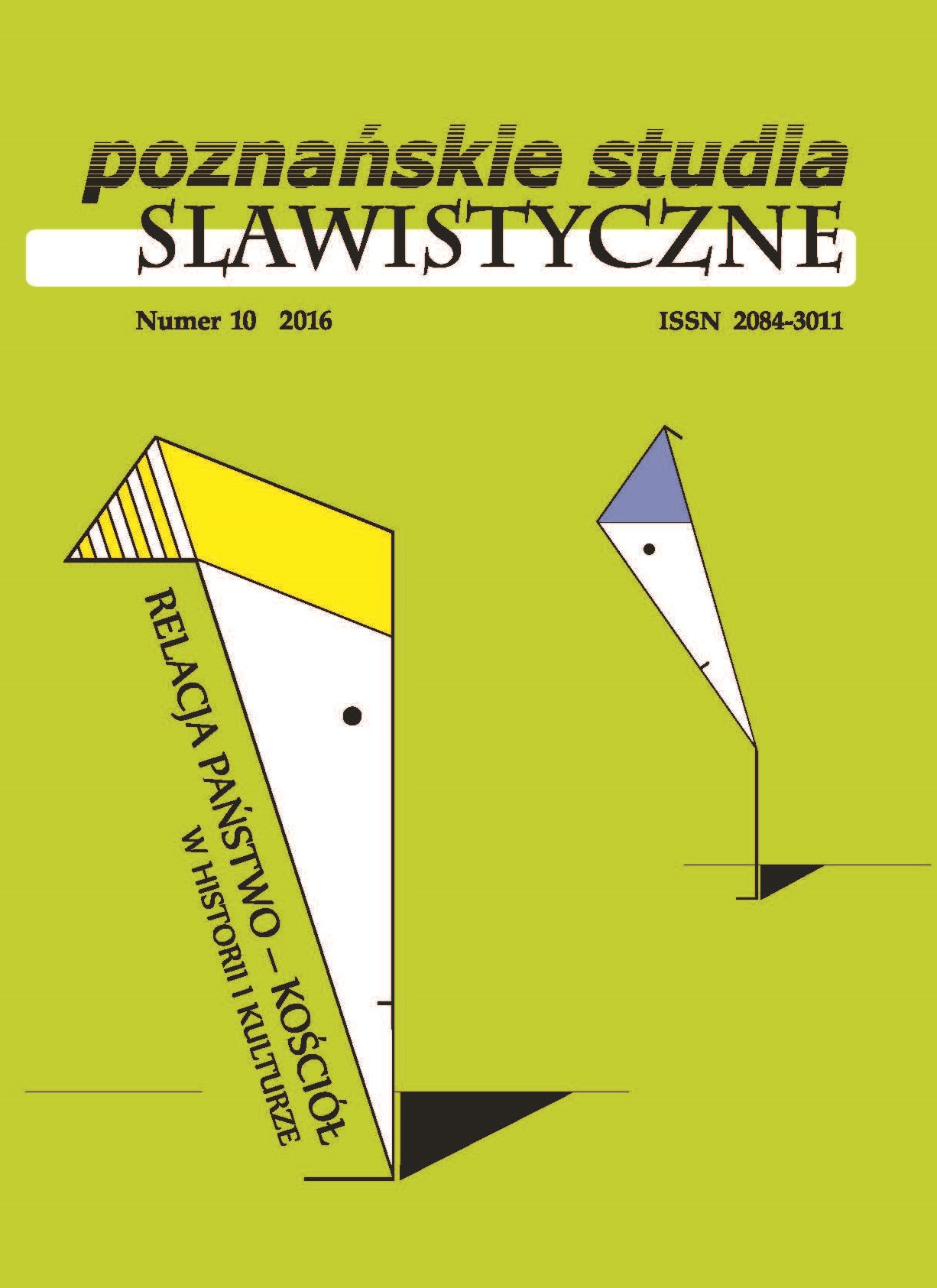Srpska pravoslavna crkva tokom 90-ih
The Serbian Orthodox Church in the 90s
Author(s): Radmila RadićSubject(s): Christian Theology and Religion, History, Theology and Religion, Eastern Orthodoxy
Published by: Uniwersytet Adama Mickiewicza
Keywords: Serbian Orthodox Church; Federal Republic of Yugoslavia; wars of the 90s; desecularization; Kosovo; episcopate; interchurches relations
Summary/Abstract: This paper is based on the earlier works of the author (incurred mainly on the analysis of thepress of state and Church provenance), surveys of sociologists of religion, and findings of otherresearchers dealing with the issues of the Serbian Orthodox Church. Several characteristic pointscould be drawn that marked the history of the Church in the late 80s and throughout the 90s: theChurch’s return from the margins and its more significant presence in society; accelerated processof desecularization; complicated relationship to authorities, ranged from the first closeness to thecomplete break and disappointment over unfulfilled expectations of the Church; refusal to admitthe divisions and the creation of new states formed into the wars on 90s, which for the Churchconstituted acts of violent secession to detriment of the Serbian people; negative attitudes to theWest, ecumenism, Vatican and interfaith dialogue; efforts to resolve the issue of schism withinthe Church; and growing internal contradictions in the episcopate. Entering unprepared for transition processes that led from one political system to another, followed by the wars and the collapseof the state, and movements into the Church, the Serbian Orthodox Church has tried to oscillatebetween maintenance of the traditional role of the national Church, and a gradual adjustment to thechanges, in aim to avoid major consequences for ecclesiastical organization.
Journal: Poznańskie Studia Slawistyczne
- Issue Year: 2016
- Issue No: 10
- Page Range: 257-268
- Page Count: 12
- Language: Serbian

